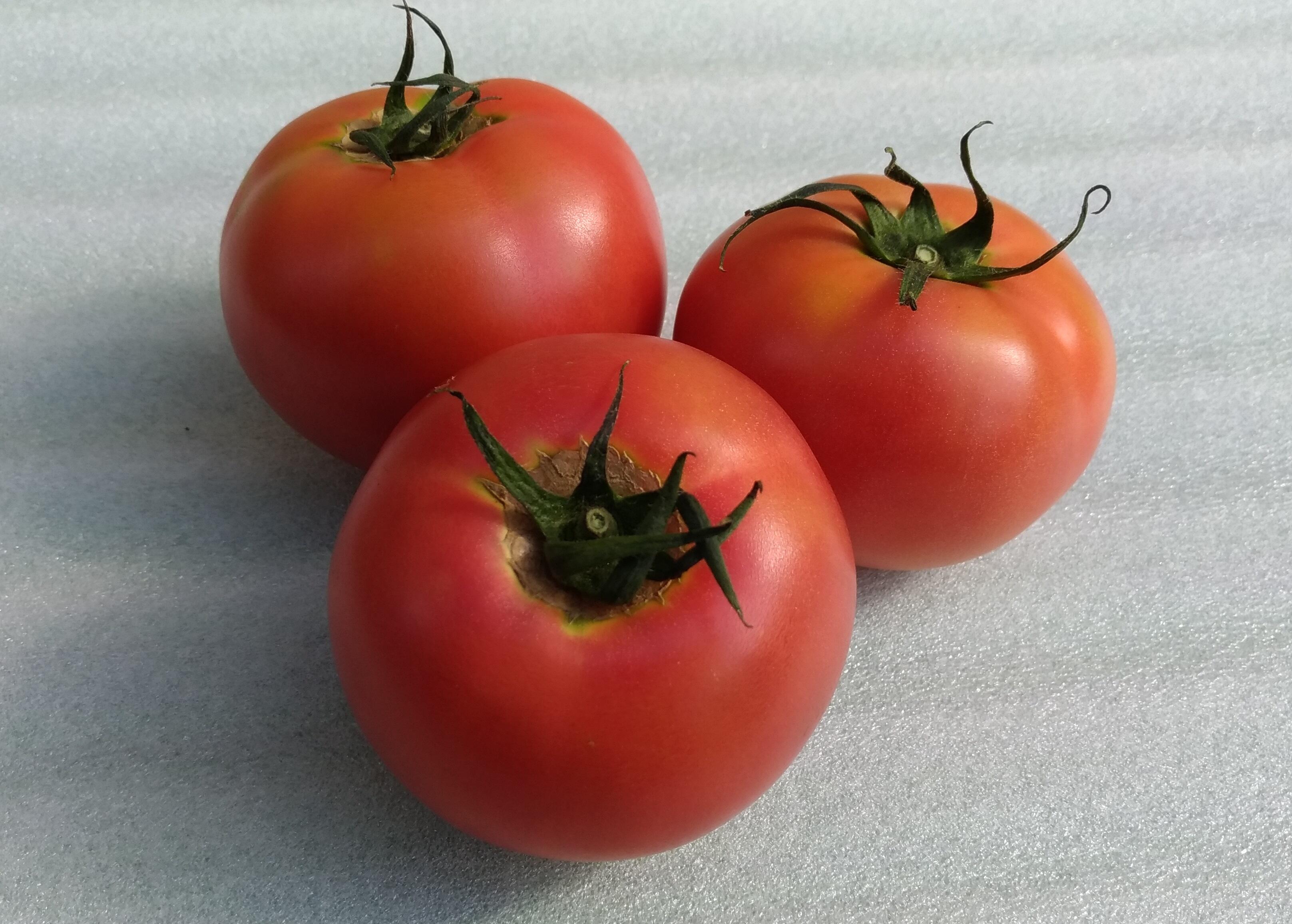Nango Tomato
| Registration Number | 63 |
|---|---|
| Name of the GI | Nango Tomato |
| Class | Vegetables/ Cereal grains/Pulses |
| Date of Protection | 2018/08/06 |
| Producing Area |
Fukushima Prefecture
Minami Aizu, Tadami, and Shimogo Towns in Minami Aizu County |
| Applicant - Name and Address | Nango Tomato Production Association 22-1 Kawakubo, Miyatoko, Minamiaizu Town, Minamiaizu County, Fukushima Prefecture |
Producing Area
Nango Tomato is a tomato harvested during summer through autumn (summer-autumn tomato), and has been grown for over 50 years.
Nango Tomato is characterized by high and stable quality including its delicious flavor, for which it earned recognition at fruit and vegetable markets in the Keihin region in the 1980s. Thus, the average traded price is approximately 10% higher than those of others produced in Fukushima Prefecture, which is one of the leading summer-autumn tomatoes-producing prefectures.
For the production of Nango Tomato, the producers' group uses the variety which the group has specified on the basis of its taste and suitability for cultivation in the producing area.
Seedlings (including grafted seedlings) are planted in the fields around May to June, which may vary depending on the weather, and grown in greenhouses for weather protection.
If fruits have cracks causing the juices to leak, remarkable softening, or any other similar deterioration in quality, they ought to be excluded from shipping out.
The producing area of Nango Tomato is known as an intermontane region at an altitude of roughly over 350 meters, receiving heavy snowfall. The cooler climate compared to lowlands and the large temperature difference between day and night make the area suitable for optimal growth of tomatoes.
In 1962, 14 like-minded volunteers in the former Nango village formed a tomato study group and started experimental production of tomatoes in a 50 ares rice paddy converted to dry field, which was the beginning of Nango Tomato. Thereafter, producers have united and engaged in longtime efforts to improve and maintain the quality of fruit, for example adopting protective measures against weather during cultivation, establishing a collective fruit grading system, and constructing yukimuro (snow storage) refrigerators.
As of April 2018, Nango Tomato is produced by 124 farming households in the total growing area of 35 hectares, and has been produced at an annual volume of more than 2,000 tons for over 40 years.


